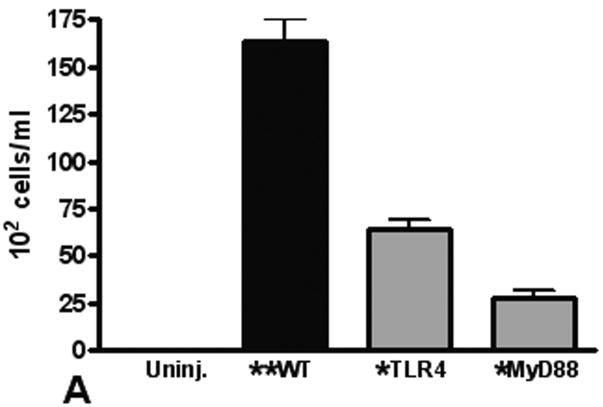Figure 3. Neutrophil recruitment to the lung after pulmonary contusion is dependent on the TLR4 pathway.
(A) The BAL from WT (closed) and TLR4 and MyD88 deficient (gray, KO) injured lungs were analyzed for neutrophil infiltration. Compared to uninjured (n=5), a significant increase in PMN in the BAL from WT mice is observed (**p≤.001) that is significantly decreased in KO mice (*p≤.001, n=6/genotype). (B) Lung homogenates from uninjured (open), WT (closed) and TLR4 and MyD88 deficient (gray) injured lungs were analyzed by immunoblot for neutrophil elastase (n=4). A significant increase in elastase in WT lung extracts is observed (**p≤.001) that is significantly decreased in KO mice (*p≤.01). (C) Immunostaining for neutrophil elastase in lungs from WT, and TLR4 or MyD88 deficient animals (100× magnification). Specimens are representative of immunohistochemistry for least 3 animals/genotype. Data shown are obtained at 24 hours after injury.



